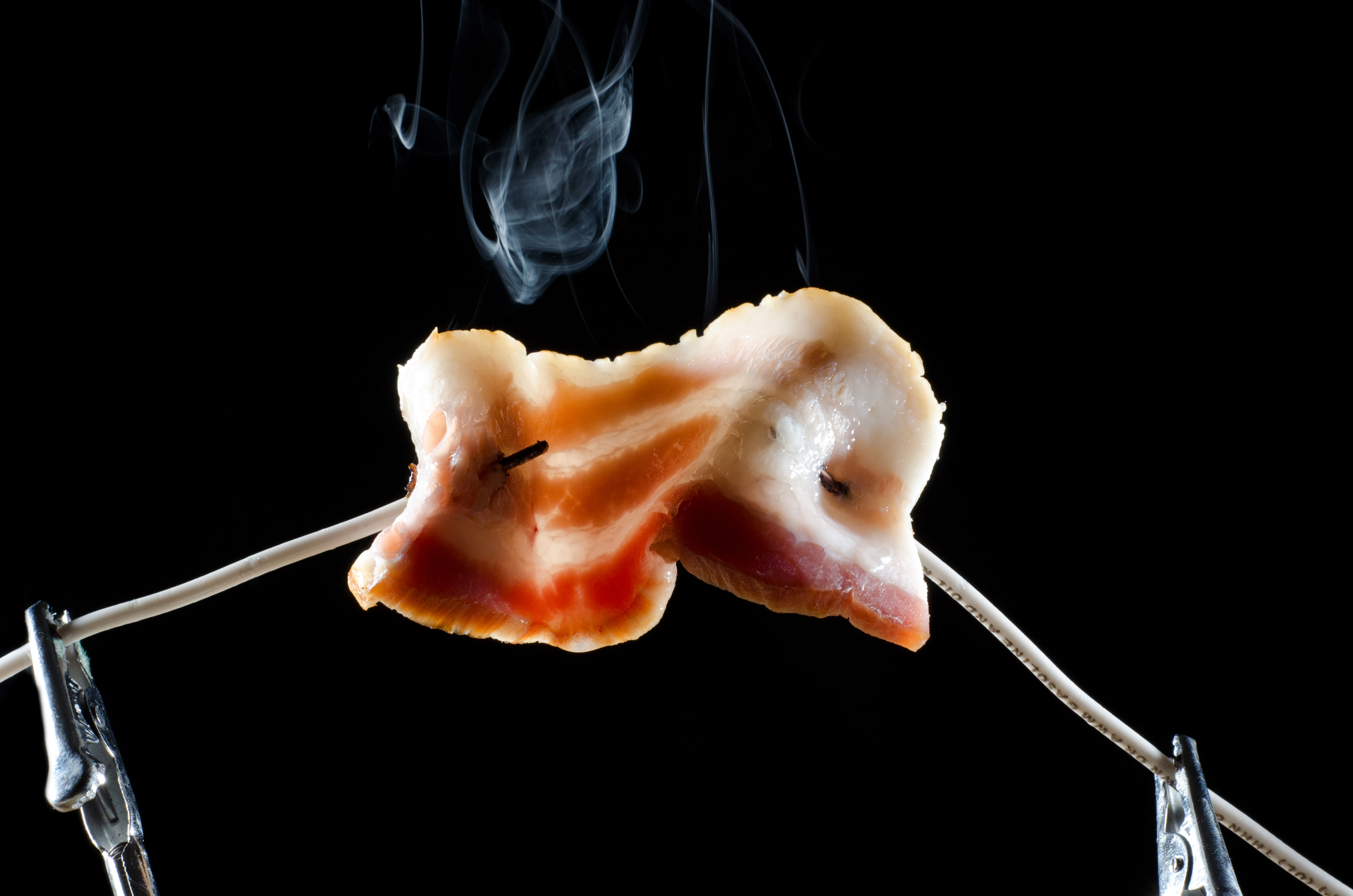
There’s been a lot of debate, recently, surrounding molecular gastronomy. Although a small handful of chefs have been practicing the art science in exclusive restaurants for the past 20 years or so, for whatever reason, this field of food wizardry is just starting to poke it’s head into the mainstream.
Personally, I find the concept fascinating. As I’ve written before, “cooking” hasn’t really changed much since Escoffier wrote it all down in a big, French book. We still bake, boil and braise, truss, fillet and tournée. But what happens when you give a chef new tools like liquid nitrogen, immersion heaters, lasers, MRI scanners, and god knows what else? We’re just starting to find out, and I’m ready to start playing with what’s possible.
To that end, I’ve teamed up with two other passionate food geeks, Eric and Jethro, to form the Jet City Gastrophysicist Club. Our mission is to make advancements in the field of molecular gastronomy (define it how you will). But first, we’ve got some learning to do. At our disposal are bags of unfamiliar powders, laser thermometers, syringes, gram scales, blowtorches, stacks of books, and some all of our ingenuity. For our first meeting, we wanted to get familiar with one basic technique: spherification. By combining a liquid, in this case root beer, with a certain chemical and then dropping it into a solution, we are able to form a membrane around the liquid. This is a popular process for creating “caviar” or “pearls” out of richly-flavored juices. The image above shows what happens if you extrude the liquid using a syringe. The video below is a giant root beer sphere we made, and how it interacts with a knife.

OoOoo Fancy shmancy 🙂 All art involves science so food is the same. Molecular gastronomy just takes it to the next level and pushes the envelope.
Interesting…any way to make it more…liquidy? Keep posting! I love what you do here.
ZOMG is there a meeting planned yet? Do you have to pay to join? I’m a navel-gazing n00b who can’t afford this stuff but I WANT TO JOIN SO BADLY!!!
I’ll also opine, I’ve run 3D art hobbyist clubs out of the Art Institute of Seattle. It takes some loophole jumping, but it’s ideal for a mixture of up-to-date equipment and classroom-like workstation setups. Should such a club actually exist, I’d give ’em a call! (more like 500 calls, before they’ll fully commit :P)
Man, I can’t wait until molecular gastronomy products hit cuisinart price ranges.
Thanks alot – your answer solved all my problems after several days srutglgnig